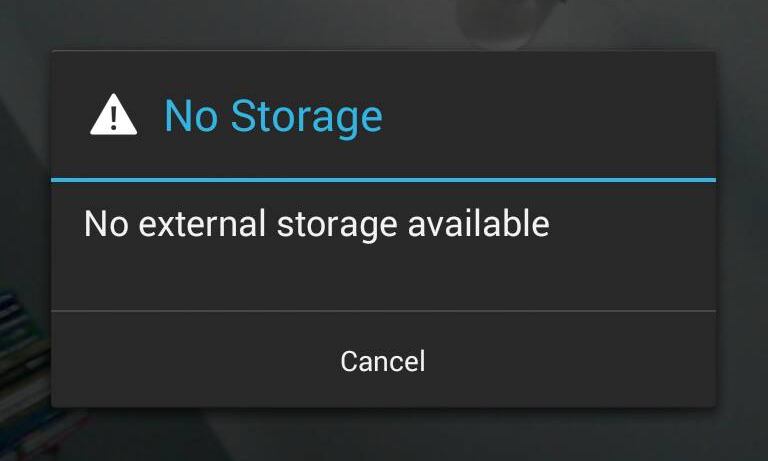The unlink function returns TRUE on non-existing files!
Is seems, that unlink() returns FALSE only, if file, that is about to be deleted, exists and there was a problem removing it. If file wasn’t there, when unlink tried to remove it, it still does return TRUE. Keep that in mind!
This seems to be reasonable. Logic, that I see here is:
You wanted me to delete that file and… swoosh… it is gone. It doesn’t matter, that I had nothing to do with its deletion, right?
For some this could be surprising — unlink() function returns logic value about whether file, that should be deleted is deleted. It’s return value says nothing about whether actual deletion process occurred.
For me this is not only surprising, but also wrong! Dear PHP, I wanted you to “delete” this file (which you didn’t). Not, to “make sure it is gone” (which, we may agree, that you did).
